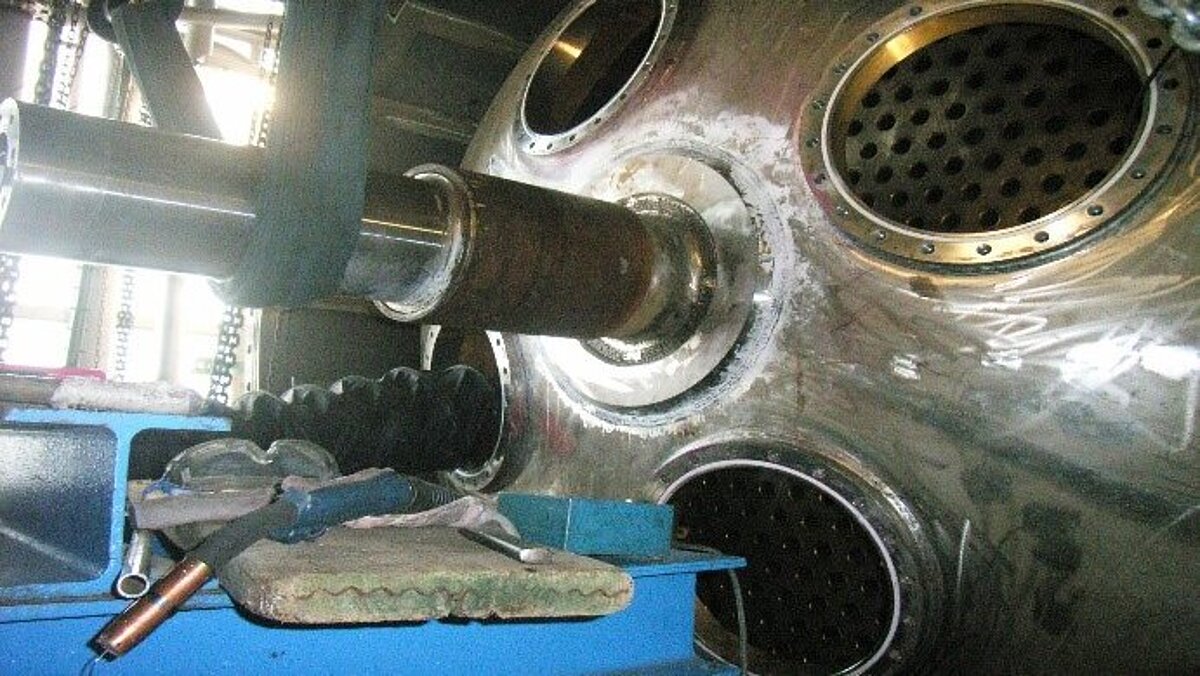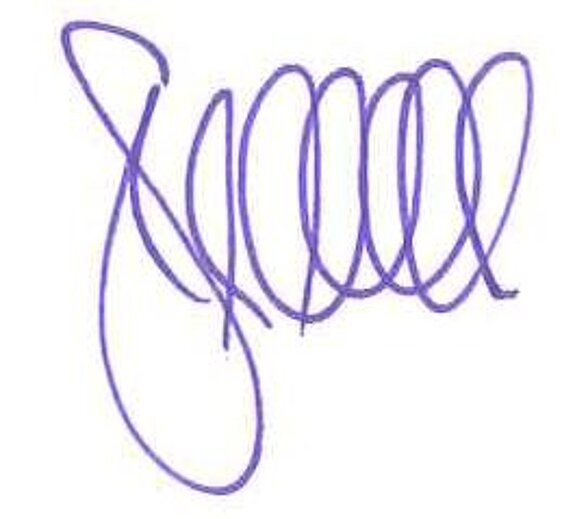Damage analysis - so you can use the simulation to specifically find and eliminate the cause of damage!

A tube bundle dryer shows cracks at the header after 2 years of operation. A considerable proportion of the annual world production of a certain plastic runs through the production line in South America. When the dryer is shut down for repairs, costs in the millions occur within a few days. The repair welds are completed in a week, but after half a year, cracks show up again. The problem is not solved, only postponed.
Operational hectic begins. There are different opinions as to what caused the damage. Experts are called in who are initially sure that the damage has its cause in their special field, e.g. materials technology, welding technology or vibration. Later, however, it is a bit more complicated...
The pressure increases the longer it takes to find the cause or to look for suitable repair measures.
The newly designed headpiece is already in production, but will it really hold or will the cracks be back after a year? The end customer has become involved in finding a solution and is conducting his own investigations.
I have come across stories like this many times in my more than 30-year professional career. In almost all cases, we were able to show our customers with the help of numerical simulation,
- what the cause of the damage is.
- how the case of damage can be repaired.
- how to avoid similar cases of damage in the future.
A case of damage is usually associated with high costs. It not only costs money, but also causes considerable damage to the company's image. The longer you fish in the mud, the more expensive it is.
Therefore, the time factor is crucial for the above 3 steps.
Saving time means doing the right things in the right order.
But what are the right things?
Causes of damage can be:
- Design error
- Design error
- Manufacturing error
- Material defects
- Welding defects
- Resonant vibrations
- Static overload
- Dynamic overload
- Overload of the welds
- Overload of the base material
- Thermomechanical overload stationary
- Thermomechanical overload during heating and cooling
- Excessive deformations
- Creep effects
- Shock loads
- Vibration loads
- Operating errors
- Transport
- Not considered or inadmissible load cases
- Uneven pressure distribution
- etc.
First of all, simulations (CAE, FEM, CFD) have to be used to find out what the possible causes of damage are. Often, I encounter the approach of our customers who want to pack everything into a simulation model, because something could be forgotten. It is then impossible to evaluate the results and draw conclusions. The simulations are costly and thus also take too long.
It is also wrong to want to examine the optimized model without analyzing the damage case.
I successfully follow a different approach:
From simple physics for simple models to complex physics for complex models, but only if really necessary!
Observations must be plausible and fit together.
From a simple static FEM analysis with unit load cases and the determination of the natural frequency, various causes of damage can be excluded or confirmed.
I use appropriate checklists to make sure that I don't forget anything.
In doing so, I assume that the information from the customer or the operator is not always all correct. Especially in the case of operating or design errors, both sides often try to bend the truth in their favor. This just doesn't help, as it doesn't solve the problem.
Furthermore, I use TRIZ tools such as cause-effect analysis or functional analysis to better isolate the causes of damage.
If the cause of damage is clearly known, repair measures can be derived and the experience can be used for new designs.
I have learned that there is always a root cause of damage. It is never the unfortunate concatenation of several circumstances.
Murphy's Law is not completely out of the picture either: The measure best suited to repair or redesign the structure always fails for some reason. However, the view of those responsible can also change as the pressure of suffering increases.
Summary of the procedure
- Collect data and mark questionable data with a question mark.
- Always investigate the configuration where the damage occurred first.
- Make simple FEM models or CFD models to get a first impression.
- Rule out specific causes of damage if possible.
- Focus on the remaining possibilities and make the FEM and CFD models more complex as necessary.
- Clearly determine the cause of damage.
- Consider how to avoid the problem.
- Determine repair actions, analyze them, and evaluate implementation options.
- Establish guidelines to avoid the failure in a new design.
Incidentally, the cause of damage to the dryer above was an inadmissible load case: When cleaning the dryer, it was left running for several days completely filled with water. The 40t circulating bending was not taken into account in any consideration.
Sometimes it helps to talk to the operators of the machine and ask stupid questions. ????
Your Stefan Merkle

PS: We assume that you do everything correctly and that no damage occurs.
PPS: If, contrary to expectations, problems do occur, we will be happy to help you professionally. Send me an e-mail at s.merkle@merkle-partner.de.
You can find more about damage analysis here.

